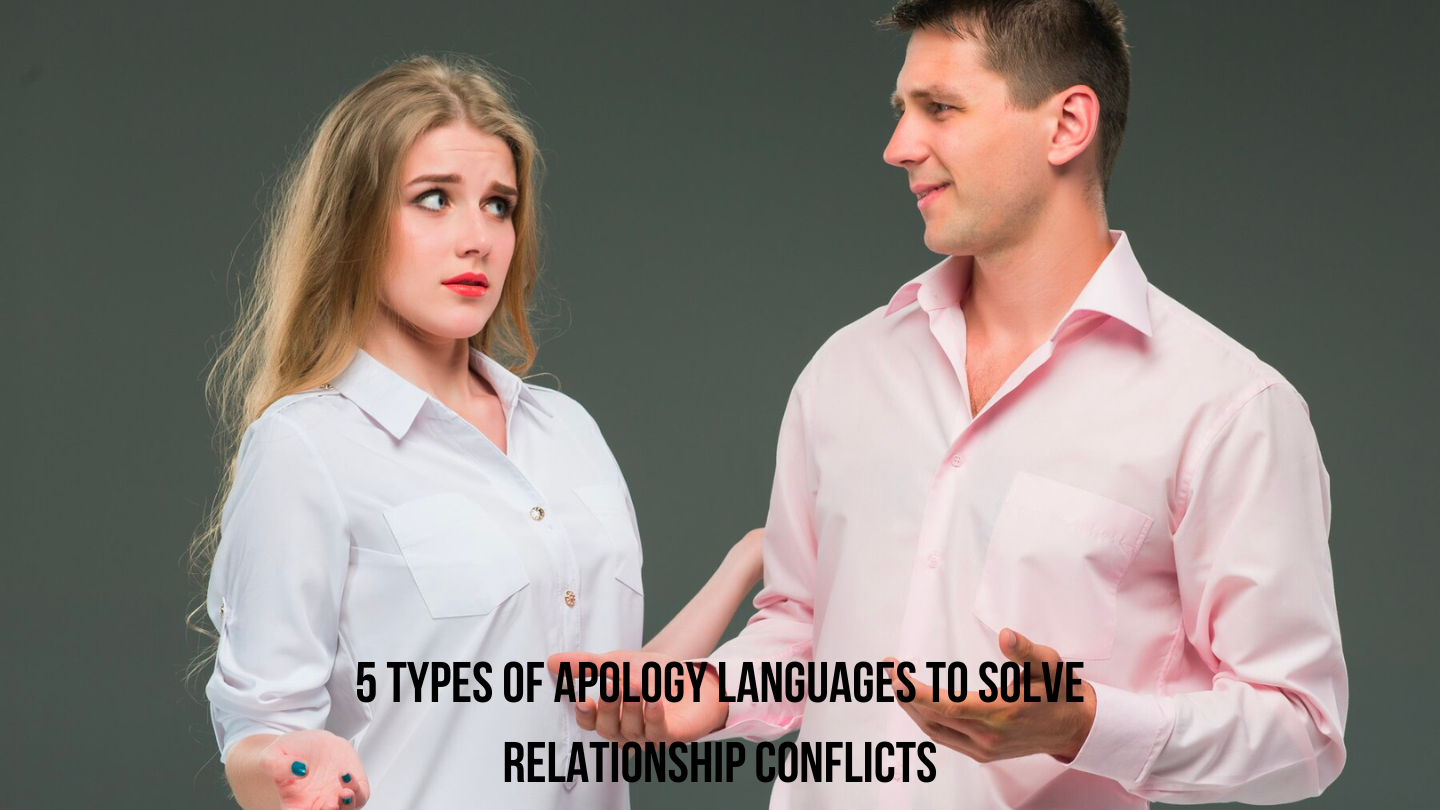When it comes to relationships, the concept of love languages has gained significant traction thanks to the work of Gary Chapman. This enlightening notion has not only been applied to expressions of love, but has also made its way into the realm of apologies. In their collaborative book, “The 5 Apology Languages: The Secret to Healthy Relationships,” Jennifer Thomas and Gary Chapman delve into this intriguing territory, exploring the various ways in which people seek and give apologies.
What many may not realise is that understanding love languages extends beyond love itself – it also applies to apologies. According to relationship coach Sidhharrth S Kumaar of NumroVani, recognizing and utilising your partner’s apology language can strengthen your connection and ultimately lead to healthier relationships. So, without further delay, let us delve deeper into the importance of understanding and speaking the apology language of those we care for.
1. Expressing regret
According to Kumaar, genuine apologies hold great significance for those who prioritise a direct admission of fault. In a recent interview with webstoryhub.com, he emphasised the importance of a sincere “I’m sorry,” rather than making excuses or defending one’s actions. He stressed the significance of taking full responsibility for the pain inflicted without any reservations.
2. Accepting responsibility
In using a second language, it is necessary to sincerely recognize one’s missteps and accept responsibility for them. As Kumaar explains, this type of apology requires acknowledging mistakes and taking ownership of one’s actions. Powerful phrases such as “I am to blame,” “I should not have acted that way,” and “I will ensure it does not recur” hold great weight in this process. Additionally, taking responsibility entails not only apologising, but also understanding the impact of one’s behaviour on the individual involved.
3. Making restitution
The central theme of this language is being proactive in writing one’s wrongs. According to Kumaar, this apology language stresses the significance of tangible actions in repairing damage. Whether it includes small gestures or more significant acts, the focus is on rebuilding trust through concrete efforts. This could manifest in various ways, such as purchasing a gift, following through on unfinished tasks, or offering aid with a specific task.
4. Promising change
This language emphasises the importance of displaying a sincere dedication to transformation. According to Kumaar, those who value this apology approach seek evidence that the apology goes beyond empty words and instead represents a true commitment to not repeating the hurtful actions.
5. Requesting forgiveness
For many individuals, seeking forgiveness is an essential step. According to Kumaar, the purpose of this process is to ask the offended person for forgiveness and acknowledge their emotions and autonomy. Phrases like “Can you forgive me?” and “I hope you can understand my mistake” exemplify a sense of regret and a desire to make things right.
Kumaar emphasised the importance of open communication when it comes to understanding and addressing personal preferences. He believed that by openly discussing how individuals prefer to receive apologies with their loved ones, it can lead to stronger and more understanding relationships.




